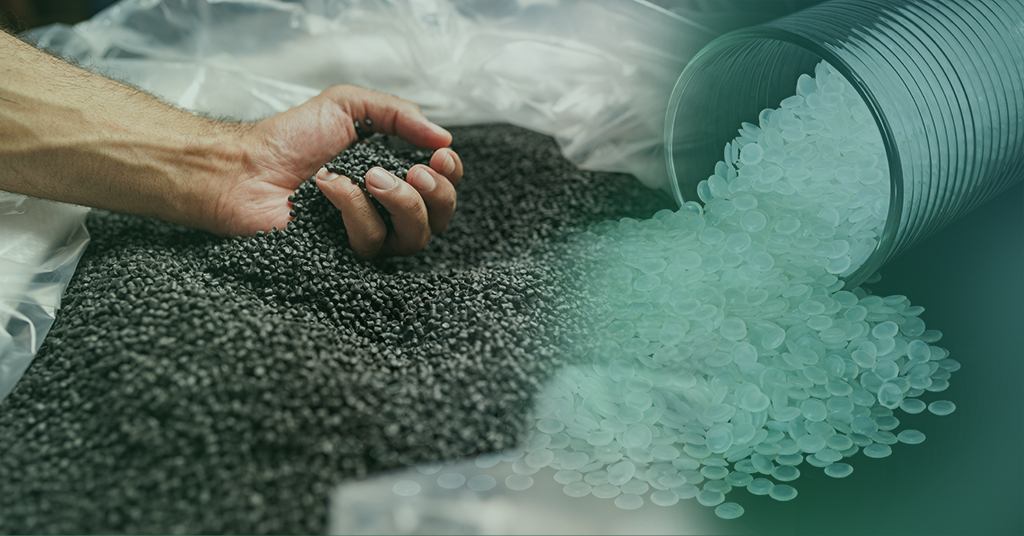Unveiling Polyamide Material’s Strength
Polyamide, commonly known as nylon, has emerged as a versatile and durable material prized across industries for its exceptional strength and resilience. Delving into its unique properties sheds light on its growing demand and widespread applications.
Remarkable Strength-to-Weight Ratio
A standout characteristic of polyamide lies in its remarkable strength-to-weight ratio. Despite its robustness, this material remains surprisingly lightweight, rendering it ideal for applications requiring both durability and ease of handling. Its high tensile strength and resistance to deformation make it a top choice for manufacturing components subjected to significant stress and strain.
Exceptional Durability in All Environments
Beyond its strength, polyamide boasts exceptional durability, showcasing remarkable resistance to environmental factors such as heat, cold, and UV radiation. Its ability to maintain physical and mechanical integrity under harsh conditions makes it a preferred option for outdoor applications and products exposed to extreme temperatures.
Flexibility for Intricate Designs
Polyamide’s flexibility stands out as another unique attribute. Despite its strength and durability, this material remains relatively flexible, enabling it to be shaped and molded into intricate designs and complex geometries. This feature, combined with its resistance to abrasion and wear, positions polyamide as an excellent choice for gears, bearings, and other mechanical components.
Chemical Resistance and Versatility
Polyamide’s high level of chemical resistance further enhances its appeal across industries such as automotive, aerospace, and medical devices. Its capacity to withstand harsh chemicals and solvents without compromising its properties underscores its versatility and applicability in diverse settings.
Electrical Properties for Enhanced Safety
Moreover, polyamide boasts excellent electrical properties, including a high dielectric strength and resistance to static electricity. These qualities make it an ideal candidate for electronic components and assemblies. Its low coefficient of friction additionally reduces the risk of sparking and other electrical hazards, contributing to enhanced safety in various applications.
A Promising Future for Polyamide Material
In conclusion, polyamide material emerges as a highly versatile and robust material with a plethora of unique properties. Its strength-to-weight ratio, resistance to environmental factors, flexibility, chemical resistance, and electrical properties collectively position it as an optimal choice across multiple industries. With advancing technology, the demand for polyamide is poised to escalate, solidifying its significance in modern society.
FAQ: Polyamide Material
1. What is polyamide material?
Polyamide, commonly known as nylon, is a versatile synthetic polymer renowned for its exceptional strength, durability, and versatility. It is widely used in various industries for its diverse range of properties.
2. What are the main properties of polyamide material?
Polyamide boasts several key properties, including remarkable strength-to-weight ratio, exceptional durability, flexibility, chemical resistance, and excellent electrical properties. These qualities make it suitable for a wide array of applications across different sectors.
3. What are some common applications of polyamide material?
Polyamide finds extensive use in automotive parts, aerospace components, medical devices, textiles, industrial machinery, consumer goods, and electronics. It is employed in gears, bearings, electrical connectors, clothing, carpets, and more, owing to its unique combination of properties.
4. How does polyamide material compare to other materials?
Polyamide stands out for its strength-to-weight ratio, which exceeds that of many traditional materials like metal and rubber. Its durability and resistance to environmental factors make it a preferred choice for outdoor applications. Additionally, its flexibility and chemical resistance give it an edge in various industries.
5. Is polyamide material environmentally friendly?
Polyamide production involves energy-intensive processes, but it can be recycled, contributing to its sustainability. Some manufacturers also use bio-based sources for polyamide production, reducing reliance on fossil fuels. However, like many synthetic materials, proper disposal and recycling practices are crucial to minimize environmental impact.
6. How can I work with polyamide material?
Polyamide can be processed using various methods such as injection molding, extrusion, and casting. Its flexibility allows for intricate designs, and it can be combined with other materials for enhanced properties. Manufacturers often provide guidelines and specifications for processing polyamide effectively.
7. Is polyamide safe for use in consumer products?
Polyamide is generally considered safe for use in consumer products when manufactured and handled according to industry standards. It complies with regulations regarding toxicity and safety, but proper ventilation and protective measures should be observed during processing to minimize exposure to fumes and dust.

